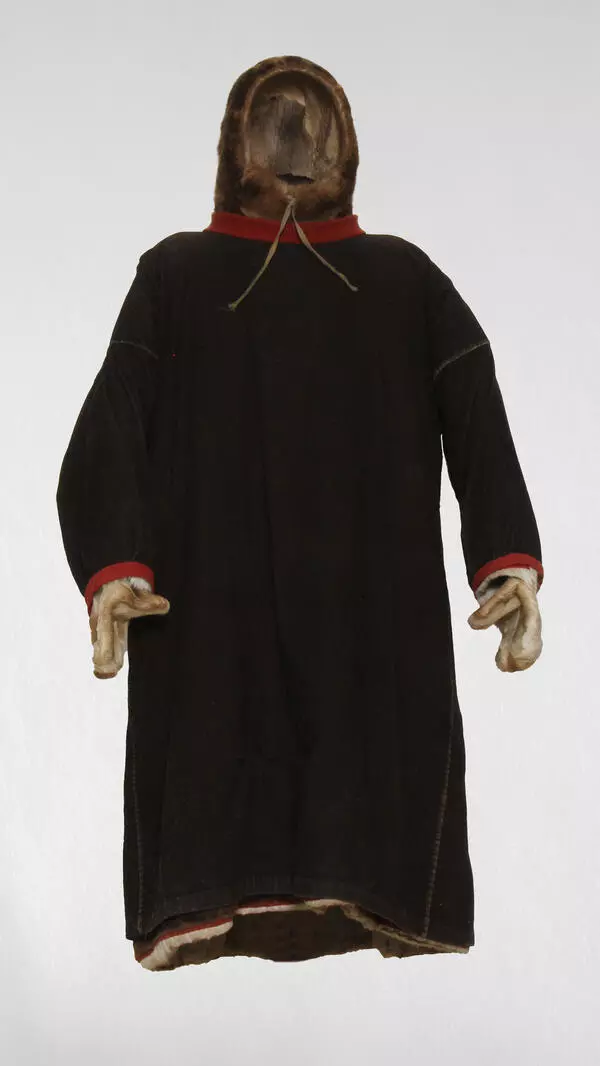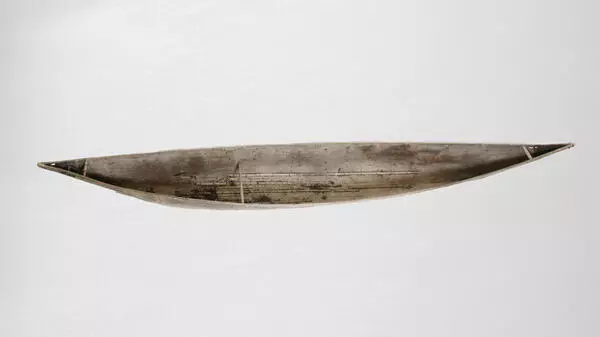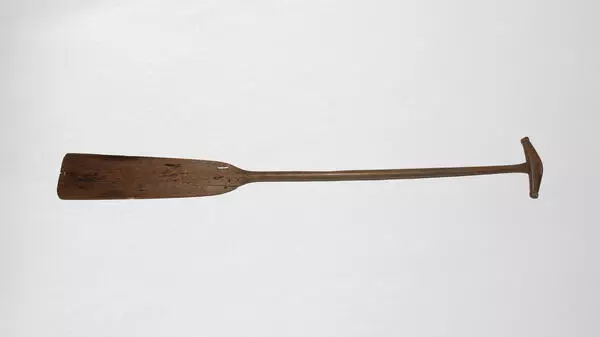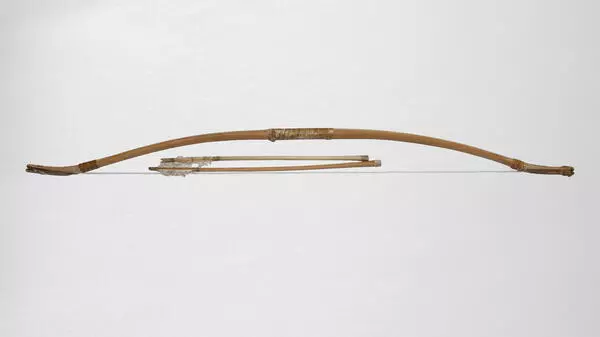Fishing takes an important place in the traditional economy of most of the peoples of the North. As historians note, it emerged as a specialized industry back in the Neolithic period — from the 5th to the 3rd millennia BC.
In the basins of the Amur and Ob rivers, in the Kamchatka-Okhotsk region and on Sakhalin Island, fishing largely determined the material culture of the indigenous people. Fish was the main food and was used to feed sled dogs, fish skin was used to make clothes and shoes. The peoples who were engaged in fishing led a sedentary or semi-sedentary lifestyle, moving to places of summer fishing. The fish that were caught during the seasonal fishing was harvested for the winter, and the waste went to feed the dogs.
Until people came up with fishing hooks, lines and nets, fish were caught with traps. One of the oldest such devices was the muzzle.
The muzzles were made from different materials: they were woven from flexible branches and reeds, they were knitted from netting, and they were sewn from sackcloth or burlap. The size of the trap also varied depending on what kind of catch the fisherman was counting on. The average size of the muzzle was 1.5 meters in length.
The muzzle from the Muravlenko museum is slightly larger and is made of twigs. The first frame, in which the muzzle slats are put, is made of four planks: short horizontal and long vertical ones. This gives the muzzle a rectangular shape.
The inner part of the trap is a trapping cone, which consists of frequent thin rods connected by a wire. A hole is made in it, and the ends are not braided so that the fish can swim into the trap. Most of the outer part of the muzzle is also woven from rods connected by wire. It ends with a pointed end; a small hole was often left in it, which was plugged with a bunch of grass.
The muzzles were placed both on quiet lakes and on the current in mountain rivers. If the net, for example, caught fish only on the first day, and after that the catch avoided it, then the muzzle helped where the nets were useless: among roots, thick grass and algae.
The muzzle attracted the fish like driftwood, providing shade and shelter. On a fast current, the trap created a water vortex, and the fish, struggling with the current and trying to get into the calm behind the muzzle, found the quietest place already inside the trap. Therefore, the muzzles used to be hung on one common cable and this bundle cut off a section of a fast river.
In the spring, when fish from large rivers entered small ones, muzzles were placed in small sleeves and behind stones with a strong stream of water. The fish, jumping up the stream from behind the stones, fell straight into the trap.
In the basins of the Amur and Ob rivers, in the Kamchatka-Okhotsk region and on Sakhalin Island, fishing largely determined the material culture of the indigenous people. Fish was the main food and was used to feed sled dogs, fish skin was used to make clothes and shoes. The peoples who were engaged in fishing led a sedentary or semi-sedentary lifestyle, moving to places of summer fishing. The fish that were caught during the seasonal fishing was harvested for the winter, and the waste went to feed the dogs.
Until people came up with fishing hooks, lines and nets, fish were caught with traps. One of the oldest such devices was the muzzle.
The muzzles were made from different materials: they were woven from flexible branches and reeds, they were knitted from netting, and they were sewn from sackcloth or burlap. The size of the trap also varied depending on what kind of catch the fisherman was counting on. The average size of the muzzle was 1.5 meters in length.
The muzzle from the Muravlenko museum is slightly larger and is made of twigs. The first frame, in which the muzzle slats are put, is made of four planks: short horizontal and long vertical ones. This gives the muzzle a rectangular shape.
The inner part of the trap is a trapping cone, which consists of frequent thin rods connected by a wire. A hole is made in it, and the ends are not braided so that the fish can swim into the trap. Most of the outer part of the muzzle is also woven from rods connected by wire. It ends with a pointed end; a small hole was often left in it, which was plugged with a bunch of grass.
The muzzles were placed both on quiet lakes and on the current in mountain rivers. If the net, for example, caught fish only on the first day, and after that the catch avoided it, then the muzzle helped where the nets were useless: among roots, thick grass and algae.
The muzzle attracted the fish like driftwood, providing shade and shelter. On a fast current, the trap created a water vortex, and the fish, struggling with the current and trying to get into the calm behind the muzzle, found the quietest place already inside the trap. Therefore, the muzzles used to be hung on one common cable and this bundle cut off a section of a fast river.
In the spring, when fish from large rivers entered small ones, muzzles were placed in small sleeves and behind stones with a strong stream of water. The fish, jumping up the stream from behind the stones, fell straight into the trap.







